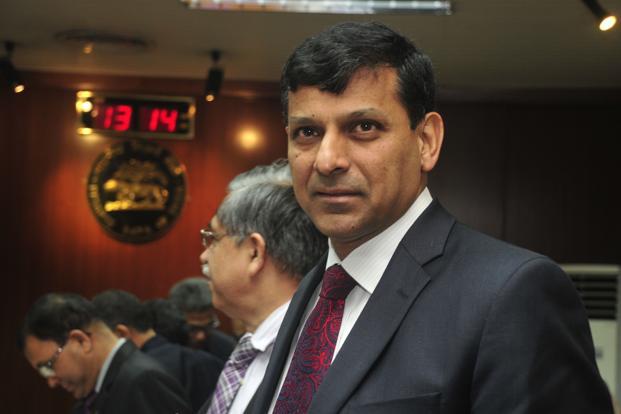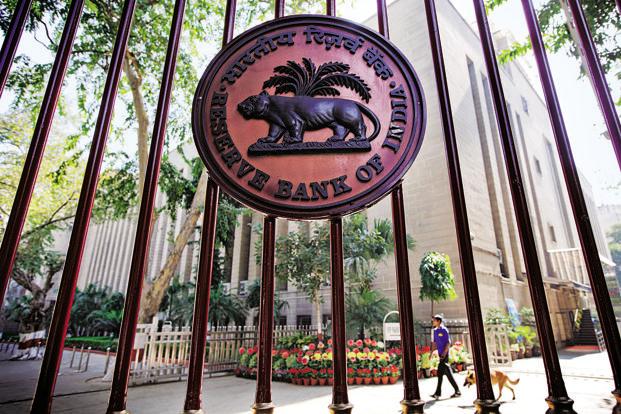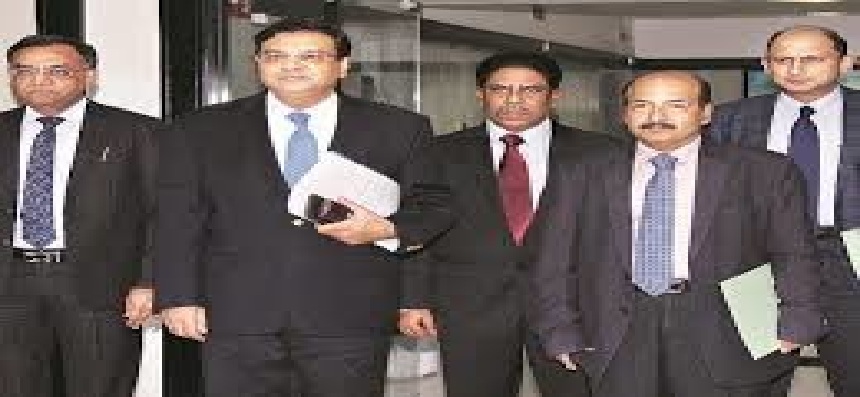The Reserve Bank of India (RBI) on Wednesday chose to keep its key policy rates unchanged despite the fact that retail inflation in November accelerated to 11.24%, the highest ever since the data series was introduced in January 2012, and wholesale inflation in November spiked to 7.52%, the highest since September 2012. What’s more, the September wholesale inflation number too was revised upwards to 7.05% from 6.46%.
Indian stocks rose and bond yields fell, welcoming governor Raghuram Rajan’s decision to hold on to current policy rates.
So, why did he not raise the policy rate as was widely expected?
First, the rise in inflation, both retail and wholesale, has been mainly due to food prices, and the so-called core inflation that excludes food and fuel has been stable despite an increase in administered fuel prices.
Secondly, food and vegetable prices are expected to come down sharply in December and January. If indeed that happens, both retail and wholesale inflation numbers will drop.
Thirdly, a stable currency will help contain imported inflation. The rupee dropped to its record low of 68.85 to the dollar on 28 August. Since then, it has risen 11.07%. The local currency closed at 62.11 a dollar on Wednesday, down 0.14%from its previous close.
Finally, a slowing economy and a tightening of monetary policy over the past few months will help contain inflation, albeit with a lag. Since he took over as central bank governor, Rajan has hiked the repurchase rate (or the rate at which RBI lends to banks) by half a percentage point to 7.75% from 7.25% in two stages, by a quarter percentage point each time.
All these have prompted him to wait and watch. If food inflation does not come down in December, leading to a “significant reduction” drop in headline inflation, the data for which will be released mid-January ahead of the next monetary policy review, RBI will act decisively. The policy statement has also made it clear that core inflation should also drop, and if it does not, the central bank “will act”.
RBI will announce its next monetary policy on 28 January, but if it decides to raise rates, it may not necessarily wait till that time to do so. It may announce a hike in rate immediately after the inflation numbers are released.
By every yardstick, RBI’s decision to hold on to the current policy rate despite rising inflation is a close call. Instead of going for an all-out attack against inflation and bottling inflationary expectations by being proactive, Rajan has preferred to play a game of catch-up. Not too many analysts are expecting a significant reduction in inflation numbers—both retail as well as wholesale—in December. If indeed that is the case, Rajan is merely delaying the inevitable. An action-less policy at this point is not in sync with his stated stance against inflation. Moreover, the time was ideal as there would not have been an iota of political opposition to a rate hike at this juncture.
Of course, by opting for the status quo, against widespread expectations of a rake hike, Rajan has made an important point: He is his own man and does not care much about what others want him to do. But the pause has its own risks. If inflation does not moderate on expected lines and if the US Federal Reserve goes ahead with its plan of tapering its bond-buying activity in January, the Indian central bank may get caught off guard.
To that extent, Wednesday’s policy action is a calculated gamble, which Rajan played even as there are no telltale signs of a pick-up in economic growth.



